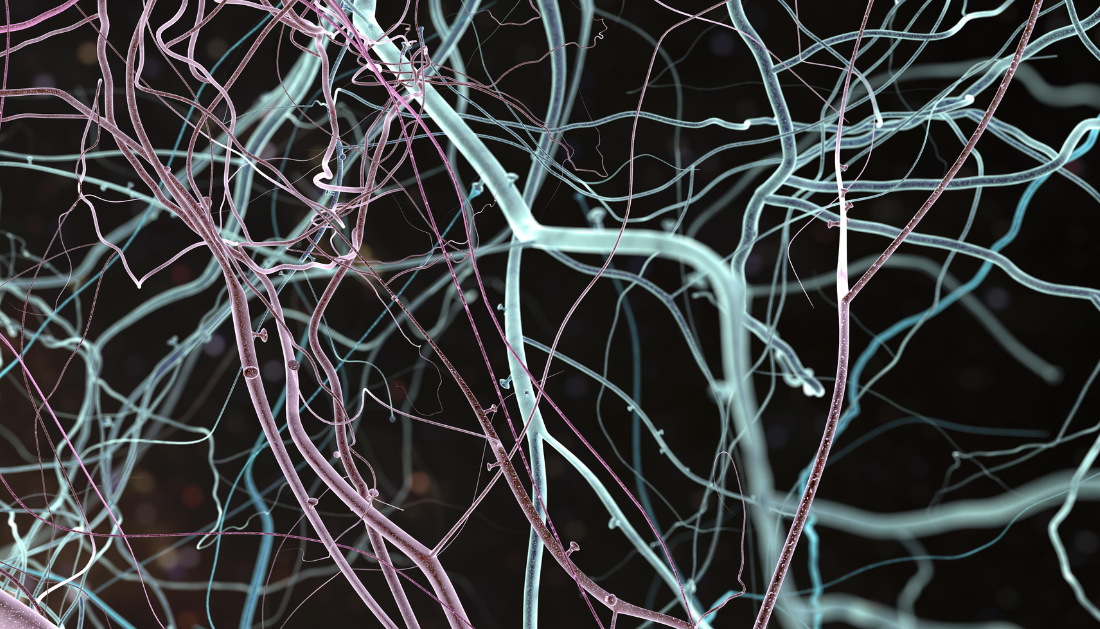

A collaboration between Mount Sinai and Memorial Sloan Kettering Cancer Center has shed light on how monoamine neurotransmitters such as serotonin, dopamine, and now histamine help regulate brain physiology and behavior by chemically bonding to histone proteins, our cells’ core DNA-packaging proteins.
The scientists discovered a new strategy for influencing circadian gene expression and behavioral cycles by determining how these histone alterations affect the brain. The team’s findings, published in Nature [https://doi.org/10.1038/s41586-024-08371-3] on Wednesday, January 8, may eventually guide the development of targeted therapies for conditions involving circadian rhythm disruptions, such as insomnia, depression, bipolar disorder, and neurodegenerative disease.
“Our findings emphasize that the brain’s internal clock is influenced by chemical monoamine neurotransmitters in a manner not previously appreciated, such that monoamines can directly modify histones, which in turn regulate brain circadian gene expression patterns, neural plasticity, and sleep or wakefulness activity,” says lead author Ian Maze, PhD, Howard Hughes Medical Institute Investigator, Professor of Neuroscience and Pharmacological Sciences at the Icahn School of Medicine at Mount Sinai, and Director of the Center for Neural Epigenome Engineering at Mount Sinai.
“This groundbreaking mechanism reveals, for the first time, how circadian events that stimulate neurotransmitter signaling (or vice versa) in the brain can exert dynamic effects on neurons by directly altering DNA structure,” adds Yael David, PhD, a chemical biologist who leads The Yael David Lab at Memorial Sloan Kettering Cancer Center and co-lead author of the study.
We’re committed to gaining a more comprehensive understanding of these mechanisms so that this work can eventually contribute to the development of therapeutic strategies for treating circadian-related and other brain disorders.”
Yael David, Chemical Biologist, Mount Sinai School of Medicine
Previous research by the Maze Laboratory shown that serotonin and dopamine, in addition to their role as neurotransmitters (chemical messengers that transfer data between nerve cells, affecting a variety of critical biological activities), may also bind to histone proteins, particularly H3. When these proteins are disrupted, they directly alter gene expression programs in the brain, which contribute to complex biological processes and behavior (including neurodevelopment, drug relapse vulnerability, and stress susceptibility), as well as disease. The lab also discovered that transglutaminase 2 (TG2) is the enzyme responsible for altering histones with serotonin and dopamine.
In their most recent study, researchers from the Nash Family Department of Neuroscience, The Friedman Brain Institute at Mount Sinai, and Memorial Sloan Kettering Cancer Center took a very interdisciplinary approach to understanding the molecular mechanism of TG2. The researchers discovered that TG2 acts as a regulator of intracellular monoamine neurotransmitters, able to not only add monoamines to histone H3 but also erase and exchange one monoamine neurotransmitter for another on H3, with different monoamines controlling gene expression patterns via independent mechanisms.
“The idea originated from a simple observation of the chemical intermediates formed by TG2 with its co-factor, revealing a new dynamic,” says study first author, Qingfei Zheng, PhD, a previous postdoctoral fellow in the Yael David Lab, who is now a faculty member at Purdue University.
“This unique mechanism suggests that additional histone monoamine modifications could be dynamically regulated, potentially playing roles in controlling complex events in the brain,” adds Dr. David.
Based on this unique method of action, the scientists hypothesized that intracellular changes in monoamine concentrations could cause selective consumption by TG2, resulting in new histone modifications. Indeed, researchers identified histaminylation (TG2’s reaction with the metabolic donor histamine) as a novel histone modification and demonstrated that it, along with the allied process known as H3 serotonylation, is critical in regulating circadian rhythms and behavior in the mouse brain.
“Histaminylation also suggests a novel neurotransmission-independent mechanism for how our brains control sleep/wake cycles, which are disrupted in many disorders,” Dr. Maze says.
Given histamine’s critical role in various biological processes and disease states, such as immune system regulation and cancer, researchers are now investigating how TG2-dependent monoaminylation of histones is controlled.
“By elucidating TG2 regulatory mechanisms, we may be able to gain valuable insights on diseases of monoaminergic dysregulation, including depression, schizophrenia, and Parkinson’s disease. Our work truly represents a foundational study that will hopefully lead to more advanced research in humans, with important therapeutic implications,” concludes Dr. Maze.
more recommended stories
 Fat-Regulating Enzyme Offers New Target for Obesity
Fat-Regulating Enzyme Offers New Target for ObesityKey Highlights (Quick Summary) Researchers identified.
 Spatial Computing Explains How Brain Organizes Cognition
Spatial Computing Explains How Brain Organizes CognitionKey Takeaways (Quick Summary) MIT researchers.
 Gestational Diabetes Risk Identified by Blood Metabolites
Gestational Diabetes Risk Identified by Blood MetabolitesKey Takeaways (Quick Summary for Clinicians).
 Phage Therapy Study Reveals RNA-Based Infection Control
Phage Therapy Study Reveals RNA-Based Infection ControlKey Takeaways (Quick Summary) Researchers uncovered.
 Pelvic Floor Disorders: Treatable Yet Often Ignored
Pelvic Floor Disorders: Treatable Yet Often IgnoredKey Takeaways (Quick Summary) Pelvic floor.
 Urine-Based microRNA Aging Clock Predicts Biological Age
Urine-Based microRNA Aging Clock Predicts Biological AgeKey Takeaways (Quick Summary) Researchers developed.
 Circadian Control of Neutrophils in Myocardial Infarction
Circadian Control of Neutrophils in Myocardial InfarctionKey Takeaways for HCPs Neutrophil activity.
 E-Cigarette Use and Heart Attack Risk in Former Smokers
E-Cigarette Use and Heart Attack Risk in Former SmokersKey Takeaways for Clinicians and Nurses.
 36-Week Pre-eclampsia Screening May Reduce Term Risk
36-Week Pre-eclampsia Screening May Reduce Term RiskA New Preventive Strategy for Term.
 Cardiovascular Risk and Sudden Cardiac Death in Diabetes
Cardiovascular Risk and Sudden Cardiac Death in DiabetesRising Sudden Cardiac Death (SCD) Risk.

Leave a Comment